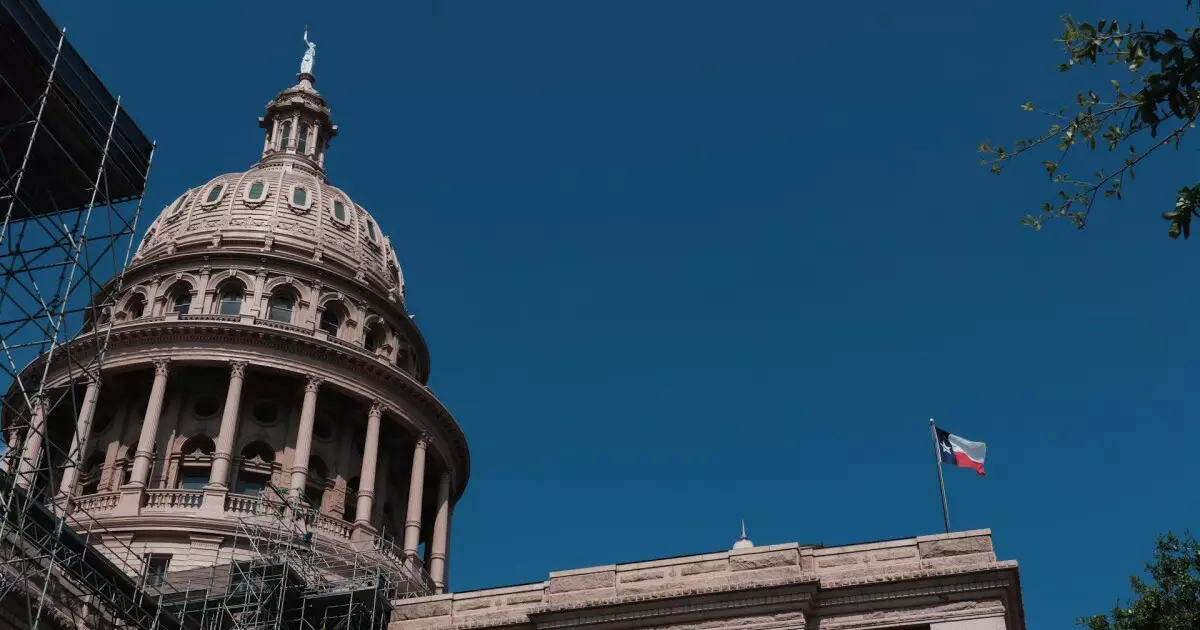On Wednesday, the Texas Legislature revealed ambitious budget proposals for the upcoming biennium as the Republican-majority House and Senate aim to build on the substantial property tax cuts initiated in 2023. With a record cash balance of $39.4 billion, Texas legislators find themselves in a rare position of financial strength, allowing them to propose expansive funding strategies. However, underlying concerns regarding the sustainability of these fiscal maneuvers loom large, especially given the contentious atmosphere surrounding educational finance and property tax relief.
A cornerstone of the proposed budgets is the continuation and expansion of significant property tax cuts. For the current biennium, lawmakers authorized $18 billion in state-funded school operating property tax reductions. In light of the projected fiscal climate, Texas is forecasted to commence the 2026-27 fiscal year with a robust balance of $23.8 billion, indicating a healthier financial outlook, as noted by state Comptroller Glenn Hegar.
The House budget proposes an investment of $26.3 billion to uphold existing tax cuts while suggesting an additional $6.5 billion for further relief. In contrast, the Senate budget aspires to allocate $32.2 billion to accommodate existing commitments and enhanced provisions. This funding approach raises questions about the long-term viability of relying on accumulated financial reserves to cover ongoing expenses, as analyzed by Fitch Ratings. Concerns indicate that while the current funding appears manageable, there exists a precarious balance between short-term gains and potential long-term budgetary pressures.
Disparities between the House and Senate budgets draw focus, especially in their size and intended allocations. The Senate’s all-funds budget stands at nearly $333 billion, with $234.4 billion earmarked for general revenue spending, whereas the House proposes a total spending framework of $335.7 billion, including a $154.1 billion general revenue budget. These variations highlight not just differing priorities between the legislative chambers, but also a strategic divergence in how to approach the state’s financial future.
Newly appointed House Speaker Dustin Burrows communicated the urgency of maximizing property tax relief and expanding support for education. His statement reflects a growing recognition among legislators regarding the essential nature of public school funding and the mounting pressures faced by Texas school districts.
Investment in Education: A Complicated Landscape
Both budget proposals include significant investments in public education, albeit at different levels. The House puts forth a plan to increase funding by $4.53 billion while the Senate proposes $5.3 billion. Nonetheless, the plans are linked to the fate of a controversial school voucher program, which encountered failure in 2023 after passing the Senate but getting obstructed in the House by a diverse coalition of lawmakers on both sides.
The prospect of “school choice” hangs heavily over this funding discussion, with each chamber assigning $1 billion for future initiatives. This contentious issue illustrates a broader ideological divide about how to best support educational institutions while providing families with alternative options. Furthermore, Texas districts have begun the academic year with precarious financial conditions, exacerbated by stagnant per-pupil allotments that have not seen adjustments since 2019.
In addition to the elaborate plans surrounding education and tax cuts, the proposals also tackle significant financial obligations such as the state’s unfunded pension liabilities. The Senate budget intends to earmark $1 billion for this purpose, while the House plans to allocate $450 million to the Teacher Retirement System. This decision underscores the legislators’ recognition of the importance of maintaining the integrity of retirement funds while potentially mitigating rising premium costs.
Moreover, a noteworthy initiative emerging from Lt. Gov. Dan Patrick is the establishment of a Dementia Prevention and Research Institute of Texas, projected to be funded with $3 billion. This initiative mirrors the framework of the state’s renowned cancer research programs and demonstrates a progressive approach to healthcare funding, encompassing the pressing need to address age-related diseases.
In sum, the Texas Legislature’s proposed budgets for the upcoming biennium reflect a strategic blend of ambitious fiscal resolves coupled with a keen awareness of existing challenges. While lawmakers are committed to continuing substantial property tax cuts and investing in public education, the sustainability of these measures remains uncertain. With competing priorities and a potentially volatile economic landscape, Texas lawmakers face the intricate task of balancing short-term fiscal relief with long-term financial stability for the state. As the budget discussions unfold, the ramifications of these decisions will undoubtedly resonate throughout Texas, impacting education, healthcare, and economic growth for years to come.


Leave a Reply